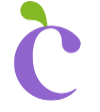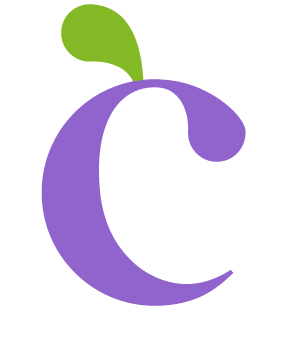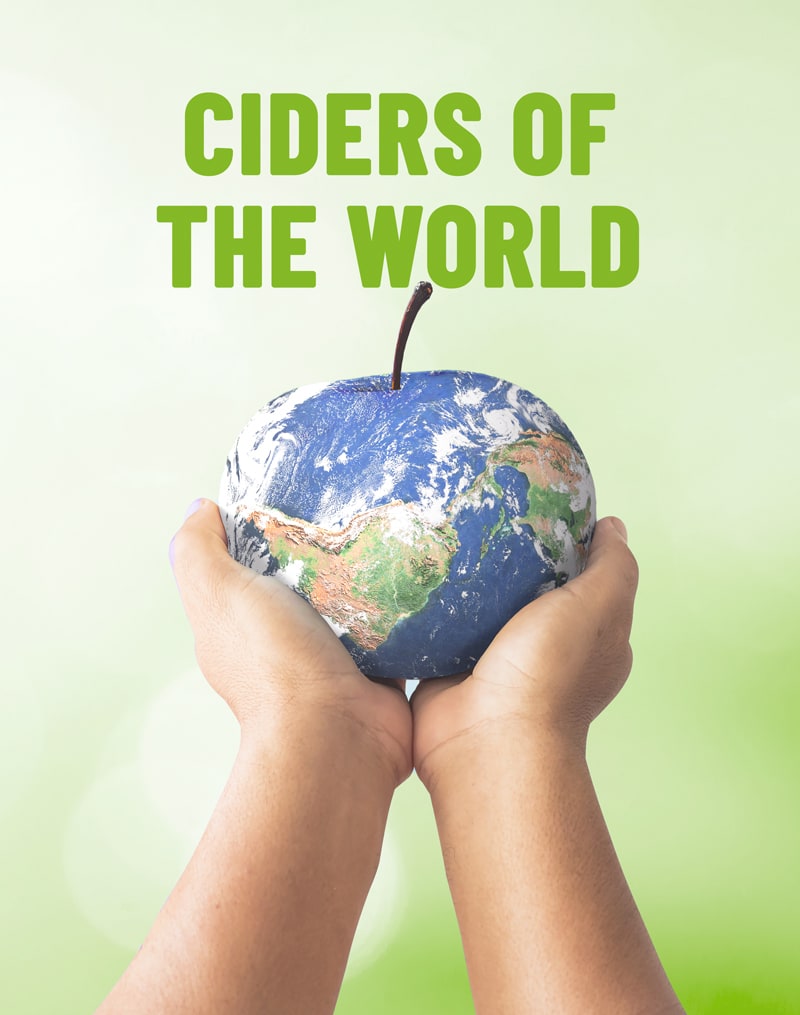-
AEB
- AEB
-
About
- About
-
Group
- Group
-
Info & Contacts
- Info & Contacts
-
Sustainability
- Sustainability
-
BREWING
- BREWING
-
- Biotechnology
-
- AEB Brewing lifesyle
-
WINEMAKING
- WINEMAKING
-
- Biotechnology
-
NEXT
- NEXT
-
- HARD SELTZER
-
- DEALCOLIZED WINE
-
- SPIRITS
-
 CIDER
CIDER
-
 Discover AEB Cider
Discover AEB Cider
-
- Cider range
-
-
Sustainability
- Sustainability
 CIDER
CIDER


 Novel yeast strains aimed at clean, modern cider fermentations, including those for Champenois and Martinotti (Charmat) methods used for white and sparkling wine production
Novel yeast strains aimed at clean, modern cider fermentations, including those for Champenois and Martinotti (Charmat) methods used for white and sparkling wine production


